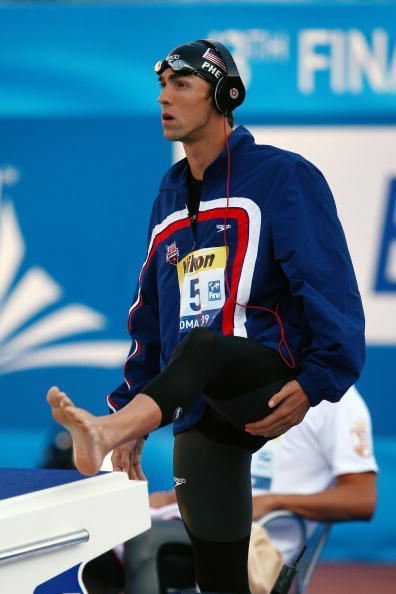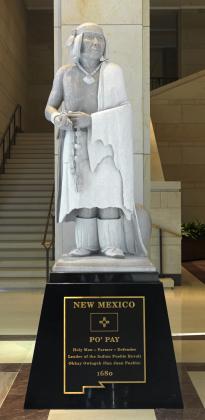The Preamble(move to the next section for the real information):
Music is a large part of my life.
Before the days of CDs, MP3s and iPods, I used to sit by the radio
restlessly eager for my favorite song to come on the
radio so I could record it on a blank cassette. Once my top tunes from the
radio were recorded I could load up my Walkman cassette player, Zidane. Before
hitting the soccer field I would listen to my cassette in preparation of the
game.
put on my headphones
and head to the backyard with my soccer ball. I would spend hours
outside listening to music attempting to be the next
This method of athletic preparation was
one that remained throughout my days as a soccer player. In college
one of the first fitness tests each preseason was a two mile time
trial under thirteen minutes. In retrospect this is a fairly easy
test, but for a young college male whose brain hadn't fully developed
in the planning and responsibility areas, the time trial was a
milestone. While I wasn't afraid of making that specific time, my competitive drive wanted one of the best times. In order to
ensure my goal, I set up a playlist to repeat the song Bleed It Out
four times. With the playlist I would be able to gauge where I was
and how to pace for my goal. To this day, my body begins to tingle when I hear the song.
Music and Sport:
Music continues to be my training
partner and as a result I was curious if there was some form of scientific significance with the use of music and sport. I found a great article addressing my curiosity which I would like to share. For those of you who wish to read the full
article follow the link, otherwise I will provide a simple overview
of what it had to say. The following information comes from “Music in Sport and Exercise: An Update on Research and Applications”:
The article attempts to answer the
following question:
Why is music so pivotal to runners and to sports people from a wide variety of disciplines?
Dissociation
Very simply, studies have shown that
music makes training easier. More specifically, under low and
moderate intensities, perceived effort is reduced by 10%. Further
fancy words in the article mention music has the ability to take your
mind off the pain, improve moods of happiness and reduce negative
aspects of tension and anger.
Arousal Regulation
Most people wouldn't need an article to
understand music aids in “psyching up” or “psyching down”
one's mindset. It was pretty obvious in last year's Olympics that
listening to music before an event with obnoxiously large headphones
will set world records.
 |
| Phelps warming up with his obnoxious headphones. |
Synchronization
Research has consistently shown, adding
music to repetitive exercise increases work output. The tempo in
music actually forces your body to be more efficient, a study showed
that cyclist who cycled in time required 7% less oxygen than those
who listened to music that did not fit their cadence.
Acquisition of Motor Skills
Choosing music purposefully can have a
positive effect on sport. Music has the ability to create a visual
analogue of effective movement, specific songs can reinforce specific
movement further increasing the ability to master technique and form.
Lyrics can have a strong effect on effort, providing motivational
words throughout a training exercise.
Attainment of Flow
Music has a way of helping the
perception of flow. Studies have shown that personally selected tunes
help with attaining a focussed mindset which makes a task seem more
consistent by slowing down the process, allowing one to mentally go
through the task at hand before it is performed.
Summary:
If you're not training with music,
you're missing out on a completely free and legal supplement! Making
a playlist that fits an interval workout, a tempo run, a long run,
even a swim if you have the equipment, can make you a faster
triathlete. Using these same tracks for a pre-race playlist is going
to trigger mental cues of your past training sessions, putting your
mind in the right mindset and cuing your body for what is to come.
As an avid electronic music listener I
have attempted to be my own DJ by putting together sets of my own music that tailor to my workouts. For those of you who work with Jaime, you
always look forward to “5x5” workouts. In order to get the best
out of my interval session I thought I would share a small music set I
put together. The tracks in the set are about five minutes long so I
have a rough idea of how long I have been pushing without looking at
my watch. ENJOY!
Workout:
Warmup
5x(5min hard, 5min recover)
Cooldown













